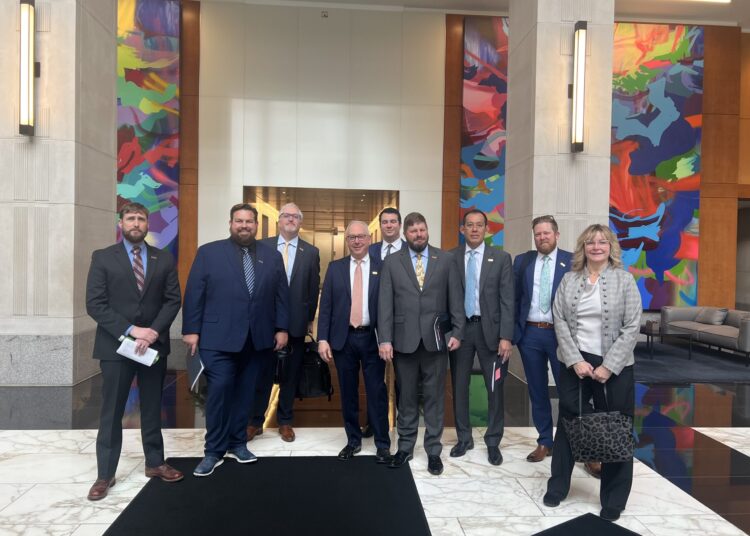The United Aerial Firefighters Association (UAFA) recently undertook a successful Hill Day, advocating for critical legislative changes to strengthen the nation's aerial firefighting capabilities. A delegation of nine UAFA Members, accompanied by several members’ government advisors, Paul and Tiffany, engaged with representatives from 18 Senate and House offices.
Key Challenges Highlighted:
- Funding inflexibility: Annual appropriations cycles limit agencies' ability to strategically manage resources for optimal wildfire response throughout the year.
- Short-term contracts: The prevalence of short-term contracts discourages long-term industry investment in new technologies and equipment, hindering overall response capacity.
- Inconsistent performance requirements: Difficulties arise from a lack of standardized performance requirements across agencies, leading to industry dissatisfaction.
- Limited collaboration: Inadequate communication and collaboration between federal agencies and the firefighting industry create inefficiencies in resource allocation and deployment.
Proposed Legislative Solutions:
Drawing upon recommendations from the Wildland Fire Management and Mitigation Commission (WFMMC), UAFA proposes legislative initiatives designed to address these challenges:
- Increased Funding Flexibility: Granting agencies more flexibility in utilizing appropriated funds throughout the year would optimize resource allocation for wildfire response.
- Multi-Year Contracting Authority: Encouraging the use of multi-year contracts by removing some pre-funding requirements. These types of contracts incentivize industry investment, leading to a more robust and technologically advanced firefighting force.
- Collaborative Acquisition Strategies: Mandating collaborative acquisition strategies between agencies and industry would foster communication, streamline contracting processes, and enhance overall effectiveness.
Benefits of Legislative Action:
These proposed legislative solutions extend beyond bureaucratic reform. They have the potential to significantly reduce the duration, intensity, and ultimately, the financial burden of wildfires. Timely access to aerial firefighting resources is a critical factor in mitigating damage to property, infrastructure, and natural ecosystems. Furthermore, increased stability within the aerial firefighting industry contributes to a stronger national response capability.
Moving Forward:
UAFA is actively seeking to secure language in the FY25 Interior Appropriations Bill that underscores the importance of expeditious access to aerial firefighting resources. This will empower agencies to act swiftly and decisively when wildfires erupt. A quicker response translates to less devastation and a more stable aerial firefighting industry, better equipped to serve communities in times of need.






